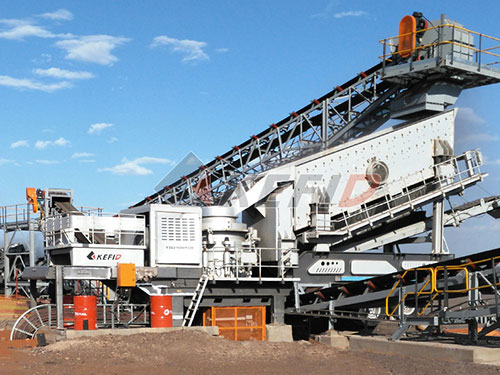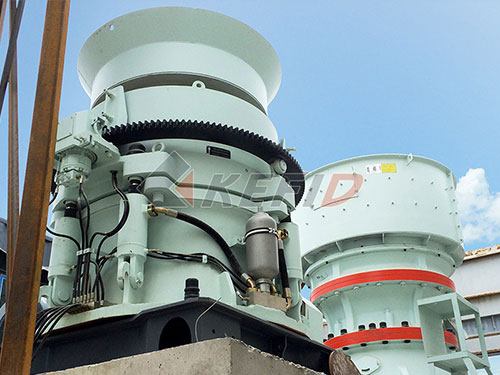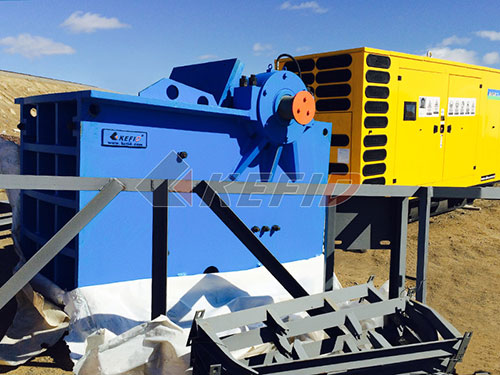The Critical Spin: Demystifying Jaw Crusher Rotation Direction for Optimal Performance and Longevity

The seemingly simple question – “Which way should a jaw crusher rotate?” – holds profound significance for the operational efficiency, wear life, safety, and overall profitability of crushing operations in mining, aggregates, recycling, and construction industries. While often overlooked during routine operation or assumed based on motor direction alone, getting the rotation direction correct is fundamental bedrock knowledge for every plant manager, maintenance technician, and operator involved with these rugged workhorses.
Understanding the Anatomy of Crushing Action
Before delving into rotation specifics, it’s crucial to grasp the core mechanics of a single-toggle jaw crusher (the most common type):
1. Fixed Jaw Die: Stationary plate bolted directly to the crusher frame.
2. Movable Jaw Die: Attached to the movable jaw (swing jaw).
3. Movable Jaw: Pivoted at its top on an eccentric shaft.
4. Eccentric Shaft: The rotating heart of the crusher. It’s offset from the centerline of rotation.
5. Flywheels: Mounted on both ends of the eccentric shaft to store rotational energy and smooth out pulsations.
6. Toggle Plate: A critical safety and mechanical link between the movable jaw and the rear frame toggle seat.
7. Tension Rod & Spring: Maintains pressure on the toggle plate and ensures proper return motion.
The crushing action occurs as follows:
1. The eccentric shaft rotates.
2. Due to its offset nature (eccentricity), this rotation causes the top of the movable jaw to move in a small elliptical path.
3. As the movable jaw moves towards the fixed jaw (the closing stroke), rock trapped in the crushing chamber (the cavity between the jaws) is compressed and fractured against both dies.
4. As the movable jaw moves away from the fixed jaw (the opening stroke), fractured material descends by gravity through an increasingly wider gap until it is small enough to exit through the discharge opening at the bottom.
The Pivotal Question: Clockwise or Counter-Clockwise?

There is no universal answer like “always clockwise.” The correct direction depends entirely on two factors:
1. The Crusher’s Design & Configuration: Specifically:
Which side is designated as feed?
Which side is designated as discharge?
Where

Leave a Reply